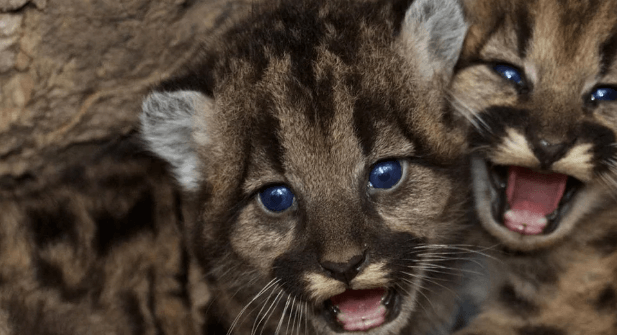Baby:7mg_3wgb1tm= Mountain Lion

The Baby Mountain Lion initiative represents a critical response to the alarming decline in young mountain lion populations, addressing both the ecological and societal challenges these animals face. This program employs a blend of qualitative and quantitative research methods to uncover the complexities of habitat fragmentation and genetic diversity loss. As we explore the implications of these findings,Baby:7mg_3wgb1tm= Mountain Lion it becomes evident that the future of mountain lions hinges on innovative conservation strategies and community engagement. What specific actions can be taken to balance human interests with the preservation of this vital species?
Overview of the Initiative
The initiative to protect and rehabilitate baby mountain lions has emerged as a critical response to declining populations and increasing human-wildlife conflicts.
Read also Baby:6rcptvx5a50= Spider Monkeys
It emphasizes habitat preservation and encourages community involvement, fostering a collaborative approach to wildlife conservation.
Research Methods Employed
Utilizing a multifaceted approach, researchers have employed a variety of methods to study the behavior, health, and habitat needs of baby mountain lions.
This includes qualitative analysis to understand individual behaviors and interactionsBaby:7mg_3wgb1tm= Mountain Lion within their environment, alongside quantitative surveys to gather data on population density and health metrics.
Such comprehensive methods provide a robust framework for understanding the challenges faced by these vulnerable animals.
Impact on Mountain Lion Populations
Examining the impact on mountain lion populations reveals a complex interplay of environmental, ecological, and anthropogenic factors that influence their survival and reproductive success.
Habitat fragmentation significantly reduces their roaming territory, leading to increased competition and decreased genetic diversity.
Additionally, fluctuations in prey availability directly affect their ability to hunt, further exacerbating challenges to population stability and long-term viability.

Future Conservation Strategies
Effective future conservation strategies for mountain lions must incorporate a multifaceted approach that addresses both habitat preservation and population management.
This includes creating wildlife corridors to enhance connectivityBaby:7mg_3wgb1tm= Mountain Lion, implementing regulated hunting practices, and fostering community engagement to raise awareness.
Read also Nova Argonautica: Your Prime Online Landing Place for Marine Supplies
Collaborative efforts with local stakeholders can ensure habitats are protected, Baby:7mg_3wgb1tm= Mountain Lionwhile sustainable practices encourage coexistence, ultimately supporting the long-term survival of mountain lion populations.
Conclusion
In the tapestry of wildlife conservation, the Baby Mountain Lion initiative weaves a crucial thread through its commitment to protecting vulnerable populations. By employing diverse research methodologies and fostering community engagement, the initiative addresses the multifaceted challenges faced by mountain lions. The impact on population dynamics is significant, paving the way for innovative conservation strategies. As habitat preservation and genetic diversity restoration become paramount, collaborative efforts will be essential to secure a thriving future for these majestic creatures.






